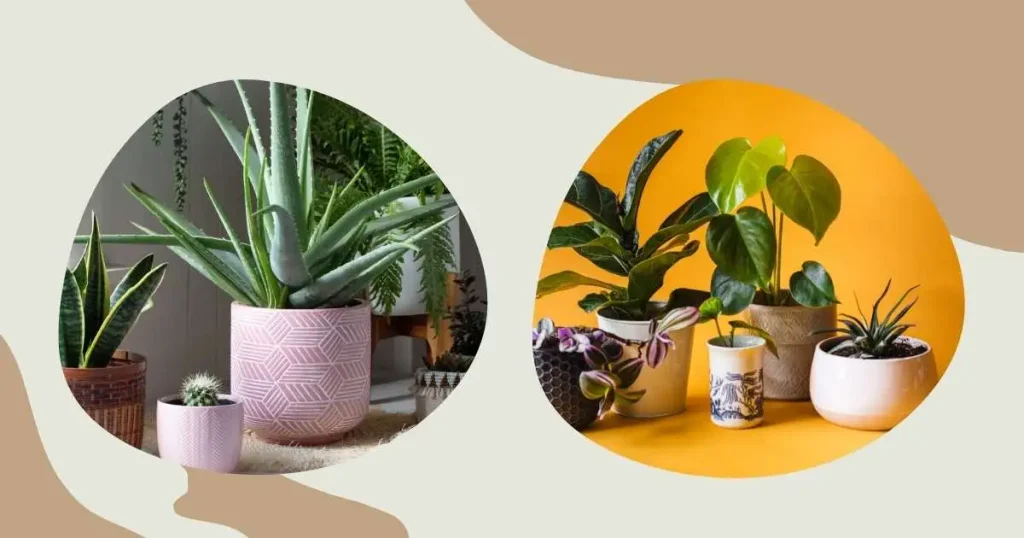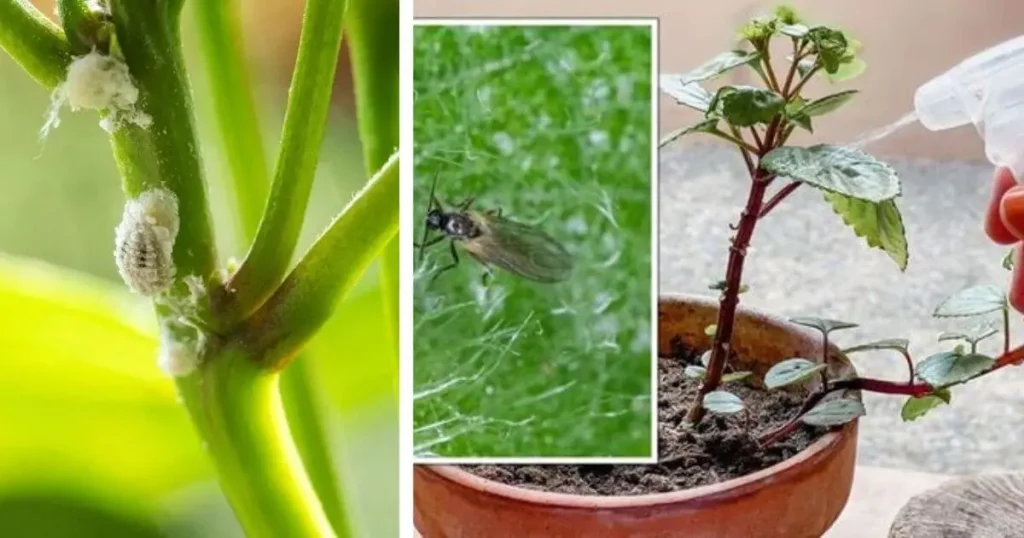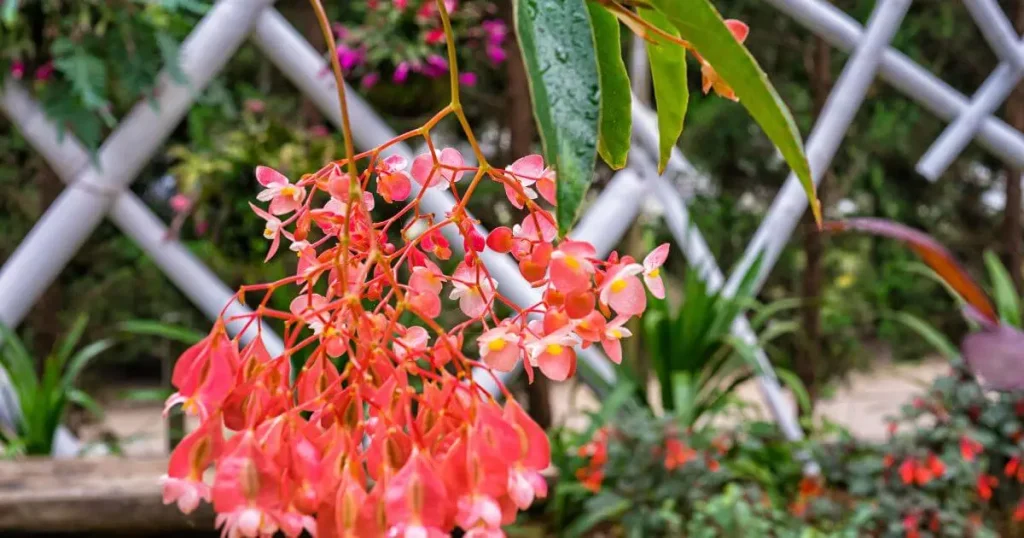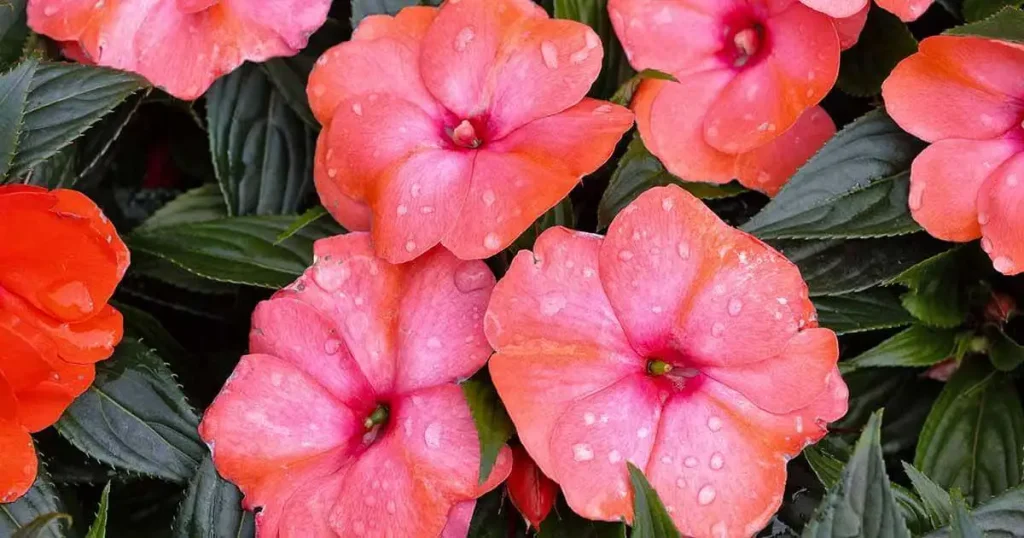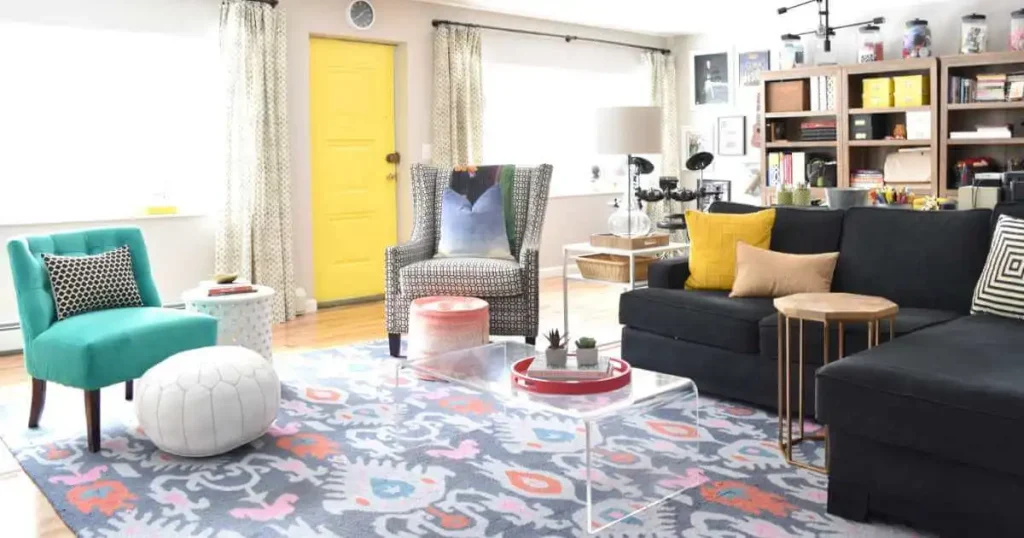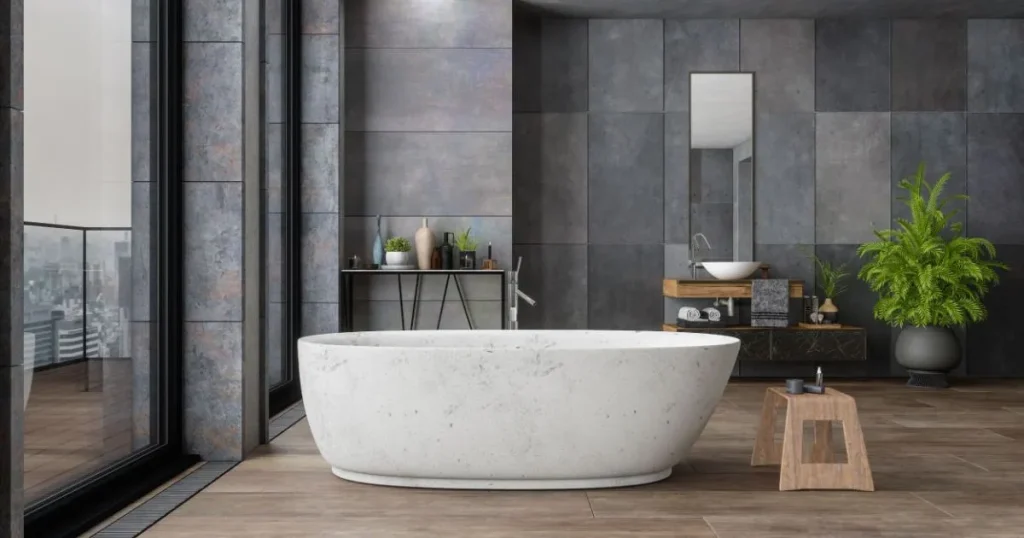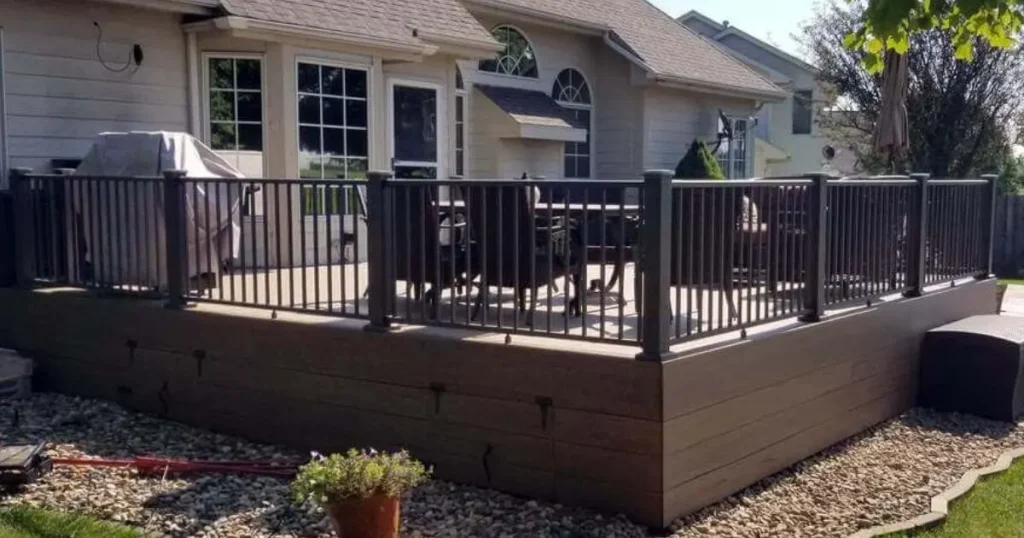Indoor Plants: The Ultimate Guide for Beginners
If you’ve ever walked into your home and felt refreshed by the sight and smell of nature, you’ll love indoor plants. They add life to your space and can improve your mood. Whether you are a beginner or an experienced gardener, you can learn how to care for indoor plants. This guide is for beginners and will help you understand the basics of indoor plant care. You’ll learn everything you need to know to create a green oasis in your home. What Are Indoor Plants? Houseplants, also known as indoor plants, are types of plants that are grown to survive indoors. They can add to the appeal of your home while providing numerous benefits. Different types of indoor plants, such as spider plants and fiddle leaf figs, require specific care. However, with our help, all indoor plants can thrive. They’re a great way to bring natural beauty into our homes and offices. The Importance of Indoor Plants in Enhancing Living Spaces Indoor plants are not only decorative but also beneficial for our well-being. They can add color, soften harsh lines, and create a fresh atmosphere in any room. For city dwellers, they act as a visual link between the indoors and outdoors. Improving air quality and reducing stress are just a few benefits they can bring. They also create a positive and productive environment. Choosing the Right Indoor Plants Selecting the right indoor plant is the first and most crucial step, tailored to your lifestyle and the environments within your home. Here’s how you can make an informed decision: Low-Maintenance Options Low-maintenance plants are a great starting point for those with a busy schedule. Some plants, like the ZZ, snake, and philodendrons, are straightforward to take care of and can thrive without much attention. These plants are ideal for people with little time to care for plants or gardens. Plants for Specific Lighting Conditions Understanding the lighting in your space is critical. Some plants, like the peace lily, thrive in low light, ideal for dim rooms or offices. Others, such as the variegated monstera, need bright, indirect light to flourish. Caring for Indoor Plants Proper plant care is the foundation of a successful indoor garden. These are the cornerstones you need to address: Watering Schedules Overwatering is one of the most common mistakes beginners make. Each species has different watering needs, so it’s essential to research and establish a schedule that works for each plant. Factors such as the size of the pot and the humidity in the air can also affect how much water your plant needs. Light and Temperature Requirements Light is necessary for photosynthesis, the process by which plants create food. Understanding your plant’s light and temperature needs is crucial for maintaining its health. Direct sun can scorch leaves, while too little light can lead to leggy growth and a decline in overall vitality. Soil and Repotting Tips Choosing the right soil mix and pot size is essential. Well-draining soil is vital to prevent root rot, a common issue with indoor plants. When a plant’s roots outgrow their container, repotting it is necessary. This allows the plant to absorb nutrients better and keeps it from experiencing stress. Benefits of Indoor Plants The multi-faceted benefits of indoor plants are not to be underestimated. They offer: Air Purification Many indoor plants are superb at filtering out toxins from the air, making them natural air purifiers. Plants can help clean the air in indoor spaces by removing harmful chemicals called volatile organic compounds (VOCs). NASA’s Clean Air Study found that this can lead to better respiratory health. Mood Enhancement The presence of greenery has a calming effect and has been linked to lower rates of anxiety and depression. Indoor plants can help lower stress levels, according to a study published in the Journal of Environmental Psychology. As a result, people generally experience an improvement in their overall mood. Productivity Boost Indoor plants can also increase your focus and productivity. Adding green elements to your home office can improve your cognitive function and help you perform better at tasks. Studies have shown that this simple addition can make a big difference. Therefore, it’s a valuable addition to have in your workspace. Incorporating Indoor Plants in Home Decor Styling with indoor plants offers endless possibilities, creating an organic focal point in any room. The following tips and trends will help integrate plants seamlessly into your home: A popular trend is to display indoor plants in clusters or as a wall feature, creating a “living wall.” Another approach is to use tall plants like the weeping fig to add height to a room or group plants of varying sizes for a dynamic effect. Hanging plants and terrariums are also stylish options for smaller spaces. Get creative with your plant displays! Adding a personal touch to your plant arrangements can be done in a few ways. You can make your planters using materials you already have or invest in decorative pots. You can also use macrame hangers to hang your plants. These options will help you create a unique and exciting display. Conclusion Indoor plants are beautiful and provide a connection with nature in your personal space. Consider plant selection, responsible care, and design potential to start an indoor garden. Suppose you want to decorate your apartment with plants or create a sunroom collection. In that case, you can feel more connected to the world outside your window. It’s a step-by-step process that can help you achieve this. Take the plunge and allow the world of indoor plants to blossom within your home! Frequently Asked Questions What are the best indoor plants for beginners? Discover easy-to-care-for plants like snake, pothos, and spider plants – perfect for beginners. How often should I water my indoor plants? Learn the basics of watering frequency based on plant types, ensuring a healthy balance without overwatering. What is the best location for indoor plants in my home? Find optimal spots for sunlight and air circulation to create a
Indoor Plants: The Ultimate Guide for Beginners Read More »

